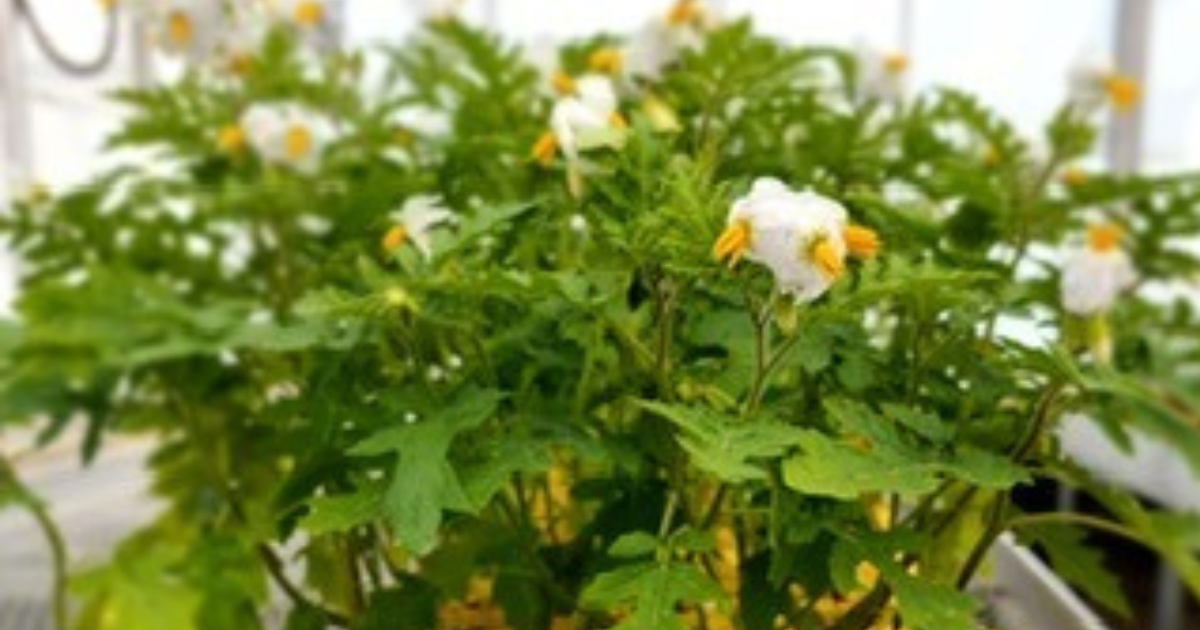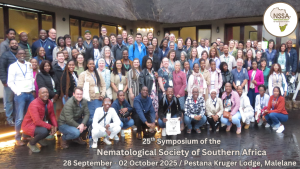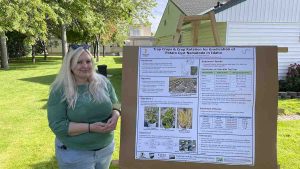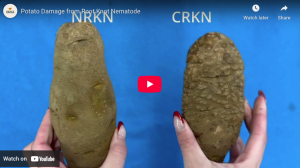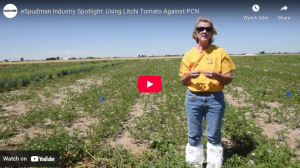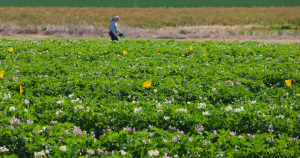Combating Plant-Parasitic Nematodes in Potato with Litchi Tomato
PAPAS is evaluating several independent ways that future growers might use to combat the threat that plant-parasitic nematodes present to the American potato industry. This reports on just one of those approaches.
Not all plants are as sensitive as potatoes are to nematodes. One plant in particular, litchi tomato (LT; Solanum sisymbriifolium), also known as sticky nightshade, displays nearly complete immunity to pale cyst nematodes as well as several different root-knot nematodes. No potato cultivar currently in use has this spectrum of resistances. We are searching for the LT genes and the chemicals that some of these genes make that produce this anti-nematode defense.

One sign that this approach is capable of succeeding comes from tests of one gene, referred to here as Q, that was introduced into Desiree potatoes. Q was isolated because it showed high expression in litchi tomato that had been infected with pale cyst nematodes. The figures show how Q increased Desiree’s resistance to both pale cyst nematodes (left) and to a root knot species called Meloidogyne incognita (right). Follow-up studies will attempt to create even higher levels of pale cyst nematode resistance and perhaps show us how we should breed potatoes for the same resistance without the use of LT genes.

We have also analyzed litchi tomato (immune) and Q-expressing potatoes (partially resistant) to search for small chemicals that might account for their abilities. This search identified more than 2,000 chemicals and detected many others that could not be identified. Most were present in similar amounts in both sensitive and resistant plants, but some chemicals were more abundant in the latter. These will be tested for nematicidal activity in the coming year as we search for natural nematicides that could be applied to infected fields.

These two studies, as well as many more still underway by members of PAPAS, will add to our knowledge of how undomesticated plants have become resistant to different species of nematodes—and whether we can translate that knowledge into new ways to protect our domesticated crops—either through genetics or through applications of plant-derived nematicides.

